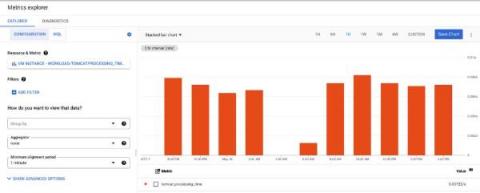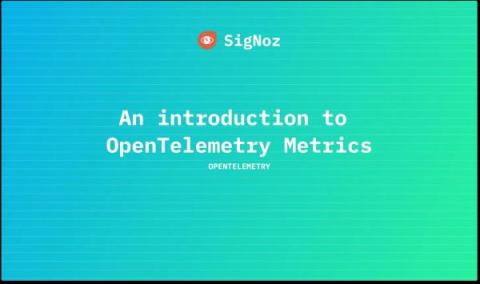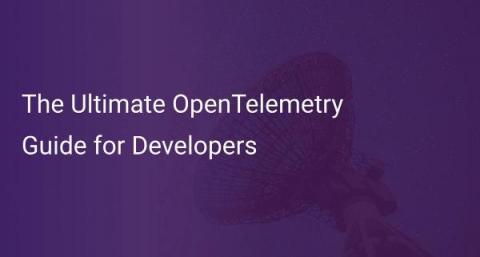Operations | Monitoring | ITSM | DevOps | Cloud
Tracing
The latest News and Information on Distributed Tracing and related technologies.
The Top 15 Distributed Tracing Tools (Open Source & More)
As distributed environments become more complex, users often use distributed tracing tools to improve the visibility of issues evident within their traces. Throughout this post, we will examine some of the best open-source and other generally popular distributed tracing tools available today.
Configuring an OpenTelemetry Collector to connect to BindPlane OP
Why APM distributed tracing is not enough for developers
Distributed tracing is a method of tracking requests as they propagate through a distributed system. A trace is built from spans. Each span represents an interaction, like an HTTP request, a DB query, a serverless function invocation, etc. A trace is essentially a tree of spans. Based on the collected span data, a distributed tracing platform can capture all the interactions between the different architectural components and tie them together with a trace ID.
observIQ Announces General Availability of Open Source Observability Solution BindPlane OP
How to monitor Solr with OpenTelemetry
Monitoring Unit Tests with OpenTelemetry in .NET
In this post, we’ll look at how you can use OpenTelemetry to monitor your unit tests and send that data to Honeycomb to visualize. It’s important to note that you don’t need to adopt Honeycomb, or even OpenTelemetry, in your production application to get the benefit of tracing. This example uses OpenTelemetry purely in the test project and provides great insights into our customer’s code. We’re going to use xUnit as the runner and framework for our tests.
Why You Shouldn't Use OpenTracing In 2022
OpenTracing was an open-source project developed to provide vendor-neutral APIs and instrumentation for distributed tracing across a variety of environments. As it is often extremely difficult for engineers to see the behaviour of requests when they are working across services in a distributed environment, OpenTracing aimed to provide a solution to heighten observability.
An introduction to OpenTelemetry Metrics
The Ultimate OpenTelemetry Guide for Developers
OpenTelemetry is a free and open-source software initiative with the objective of supplying software developers with the means to create distributed systems. OpenTelemetry was developed by engineers at Google, and developers have the ability to utilize it to create a standard foundation for the construction of distributed systems. The goal is to enable developers to write code once and then deploy it in any location of their choosing.











